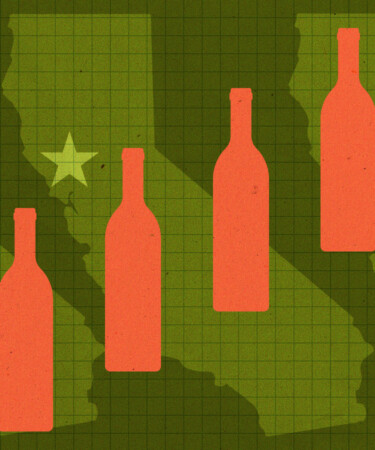Napa Valley is perhaps the most famous and well-publicized wine region in the United States. The entire region is under a half-million acres, just about a sixth the size of Bordeaux. Despite its relatively compact size, the region produces almost 50 million cases of wine every year, about a quarter of California’s total wine production. Inside those cases are some of the most coveted bottles made stateside, which means the AVA gets constant attention at the bottle shop and on wine lists.
Part of the appeal of Napa is the legendary wineries in its midst, ones with name recognition that command high prices. But among those prolific brands, there are still lesser-known wineries and vineyards producing bottles that punch above their weight. To see the lesser-known sides of Napa Valley, we asked sommeliers to share the Napa producers, grapes, and bottles that they think are underrated. Here’s what they said.
The most underrated Napa wines, according to sommeliers:
- Corison
- J. Davies Estate Diamond Mountain District Cabernet Sauvignon
- Matthiasson
- Lokoya
- Spottswoode’s Sauvignon Blanc
- Chardonnay
- Burgess Cellars Contadina Cabernet Sauvignon
- Wines with lesser-known grapes
- Enfield Wine Co. Watson Ranch Chardonnay
- Maître de Chai ‘Gala Mountain’ 2021
- Lamborn Family Vineyards
- The Terraces Winery
- Frog’s Leap Winery
- Domaine Carneros
- Zinfandel
- Robert Biale Black Chicken
- Trefethen Family Vineyards Eschol Red
- Mt. Brave
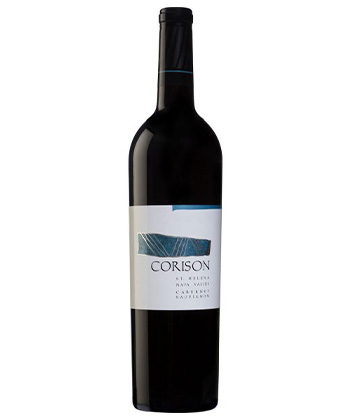
“I feel that the most underrated wine in Napa Valley would be Corison. Cathy Corison and family have been making elegant, understated, and impeccably balanced Cabernet Sauvignon wines for three decades and have truly perfected the craft.” —Vito Pasquale, advanced sommelier, Selanne Steak Tavern, Laguna Beach, Calif.
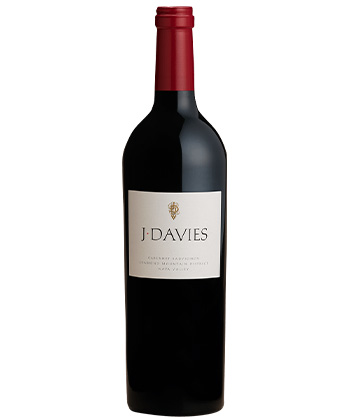
“The J. Davies Estate Diamond Mountain District Cabernet Sauvignon. Most guests who know and love Schramsberg sparkling wines aren’t aware that the team at Davies Vineyards makes wonderful reds also.” —Erica Williams, resort beverage manager, Terranea Resort, Rancho Palos Verdes, Calif.
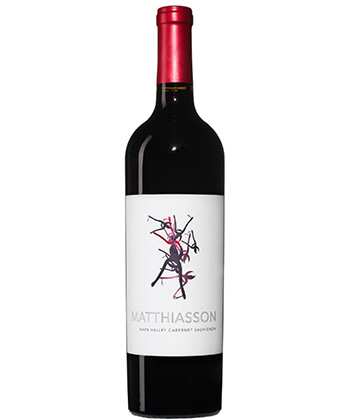
“Matthiasson is one of just a few producers in Napa who share the winemaking ethos more common in France, Italy, and Greece, letting the terroir speak through the wine. The wines are organic and sometimes a bit offbeat. Besides international varieties, the family also grows Ribolla Gialla and Refosco.” —Kylie Monagan, sommelier and partner at Amali, Calissa and Juniper at The Vanderbilt, NYC
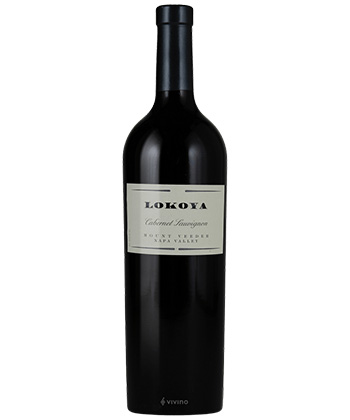
“One of my favorite wineries in Napa that is totally underrated is Lokoya. I am pretty much obsessed with any wines made from grapes planted at higher elevations. I remember being blown away [the first time I tried Lakoya] since Napa Cab isn’t my typical jam. There’s a pure elegance to their style. I don’t think I’ve seen it [sold] much elsewhere, but it is something that I always tend to save for special occasions and seek out.” —Brittany Tangora, wine director, Nautilus Pier 4, Boston
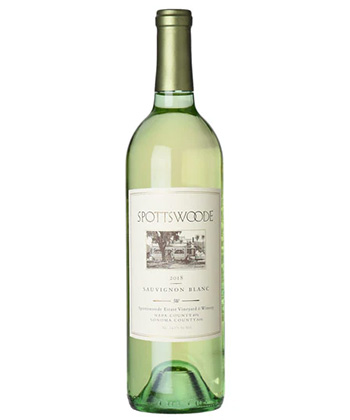
“In a region globally renowned for its bold and iconic Cabernet Sauvignons, Spottswoode’s Sauvignon Blanc quietly shines as a hidden treasure. While Napa Valley may be synonymous with powerful red wines, Spottswoode’s Sauvignon Blanc offers a refreshing counterpoint, showcasing the region’s ability to produce elegant and complex white wines. With its vibrant acidity, delicate citrus, tropical fruit notes, and beautifully balanced minerality, this Sauvignon Blanc stands out for its finesse and depth.” —Keith Foreman, general manager, Vistal Bar + Restaurant at the InterContinental San Diego, San Diego
“Chardonnay. There is such an insane range of Chardonnay for every palate that is coming out of Napa. From Calistoga to Carneros, there’s history and quality coming from all corners of the Valley. Kongsgaard, Keenan, Hyde de Villaine, Hoopes, Mayacamas — the list is endless.” —Grant Barnow, Wine Director, The Oakville Grill & Cellar, Chicago
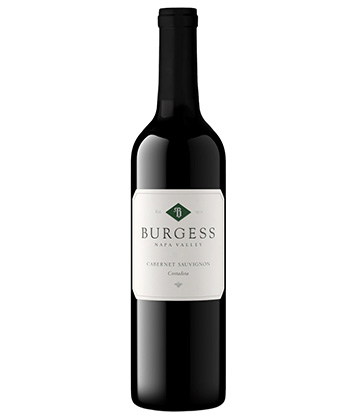
“It’s hard to pinpoint what the most underrated wine is, but one in particular I’ve enjoyed is Burgess Cellars Contadina Cabernet Sauvignon, which we currently pour by the glass at Element 47. The estate is quite historic and the team involved is incredibly talented, producing wines of great flavor intensity, depth, and balance for a modest price relative to others in its stylistic arena.” —Chris Dunaway, wine director and advanced sommelier, The Little Nell, Aspen, Colo.
“No particular brand comes to mind, but I encourage people to look beyond Napa’s best-known grapes, Cabernet Sauvignon and Chardonnay, to seek out the lesser-known but delicious Cabernet Francs, Syrahs, and Sauvignon Blancs.” —Andrew Avery, sommelier, The Standard Grill, NYC
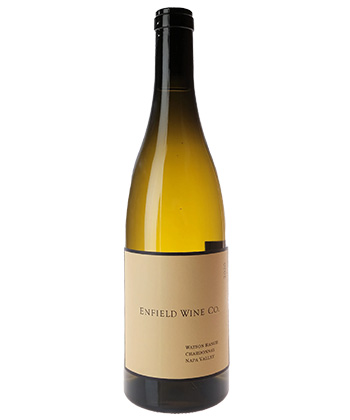
“Enfield Wine Co.’s Watson Ranch Chardonnay. If I’m drinking Napa wine, I’d like it to be from John Lockwood and Amy Seese: small production, minimal intervention winemakers producing some of the most honest, finessed expressions of California. Their Watson Ranch Chardonnay is such a pure representation of one of the coolest (temperature-wise) coastal sites in Napa. Its lush fruit and unwavering minerality give it a certain je ne sais quoi, a vibrancy I’m forever in search of.” —Lia Heinze, beverage director, Wildweed, Cincinnati
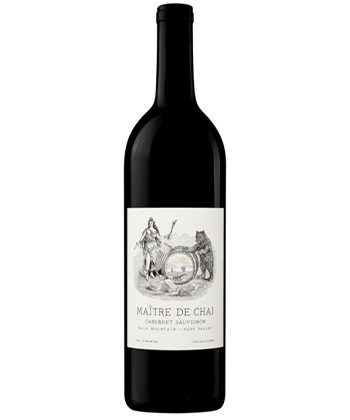
“Maître de Chai Gala Mountain 2021. Planted on volcanic bedrock, this fully biodynamic wine brings Napa into the modern age. Everything is done on the vineyard by hand, resulting in a powerful Cabernet that satisfies classics lovers and sustainable sippers alike with notes of black currant, black cherry, plum, and licorice with firm, integrated tannins. In a sea of massive world-renowned producers, there are still winemakers breaking new ground within Napa Valley. Biodynamic viticulture is tough and with everything being done by hand, it’s a far cry from the larger wineries in the region.” —Owen Huzar, wine director, John’s Food & Wine, Chicago
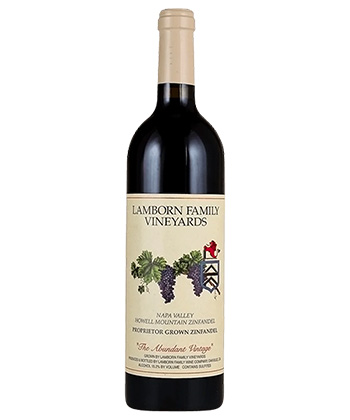
“Oh, man. There are too many to count. People tend to follow great marketing and if a winery doesn’t have the means for a large marketing budget, they can get lost amongst the blue-chip Napa royalty. If I have to choose one winery, though, I would say Lamborn Family Vineyards, and its wines made by Heidi Barrett. The Lamborns are super-cool, down-to-earth people making great wine. Their Cabernets and Zinfandels are just beautifully balanced wines that drink well and age well.” —Amy Mundwiler, national director of wines and beverages, Maple Hospitality Group, Chicago
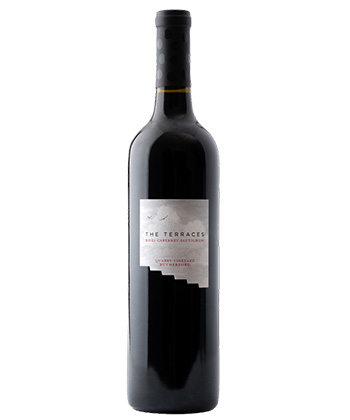
“The Terraces Winery in Napa boasts one of the most impressive portfolios in the region. The Crull family honors the heritage that predates their tenure, showing deep respect by crafting wines that enhance the land’s natural beauty. With a diverse array of varietals, including notable Spanish and Italian grapes, their offerings cater to both everyday wine enthusiasts and connoisseurs seeking high-end pours.” —Gary Wallach, beverage director and managing partner, Renwick Hospitality Group (Lulla, The Alderman, Linden’s, Foxtail, Altair and Art Rooftop), NYC
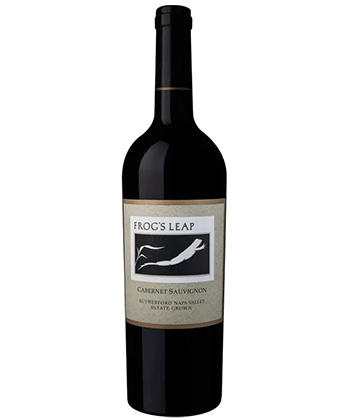
“One of my all-time favorites is Frog’s Leap Winery. They are fully sustainable, organic, and produce most of their own electrical power. The first vintage at Frog’s Leap was in 1982, and they have been going strong ever since. Economically speaking, the older wineries have a tremendous advantage when it comes to value, as they usually have no mortgage thus lower overhead costs. The Sauvignon Blanc, Petite Sirah, and Cabernet wines are all consistently excellent.” —Paul Botamer, advanced sommelier and wine director, Fearing’s Restaurant at The Ritz-Carlton, Dallas, Dallas
“One of the most underrated Napa wines, in my opinion, comes from an estate that everyone knows in Domaine Carneros. While their production ranges from pricey blends to single-vineyard Pinot Noirs, I think their Brut Rosé is one of the best value wines in all of Napa Valley. Only made in small quantities, it is aged like a vintage Champagne and worth seeking out. It’s bright, creamy, and brimming with complexity, making it perfect as an aperitif and a versatile pairing for both sweet and savory dishes.” —William Pye, sommelier, Prospect, San Francisco
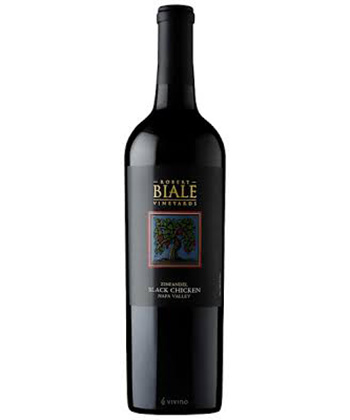
“I really like the Zinfandels from Robert Biale Vineyards; they’re perfect for the fall. The Robert Biale Black Chicken is always a favorite. It refers to when neighbors would call the ‘party line’ for eggs and produce. The code word ‘black chicken’ would include a jug of bootleg wine in your order.” —Allan Tidd, general manager, Blue Ribbon Brasserie, Boston
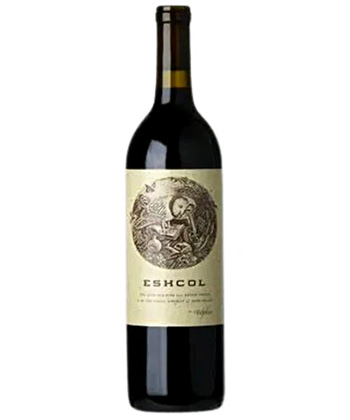
“We just had a guest ask this last night, and the wine I gave them was called Eschol Red from Trefethen Family Vineyards, a pioneering and sustainable winery located in Oak Knoll, Napa, Calif. It is a blend of Cabernet and Merlot and complemented by other French grapes such as Petit Verdot, Malbec, and Cabernet Franc. The wine is fruit-forward, has modest tannins, and is well-balanced. Trefethen is one of the most underrated Napa wineries, and the Eschol Red is one of the best values from Napa.” —Michael McCaulley, beverage director, Schulson Collective, Philadelphia
“The truth is, because Napa is so massively famous and recognized, there really isn’t anything that’s notably underrated. That said, I think the hip wine scene of the East Coast would do well to remember some of the workhorse wines of Napa. Frog’s Leap has been steadily churning out wonderful wines farmed responsibly and priced affordably on the scale of Napa wine since owner John Williams founded the place. Their Zinfandel and Merlot in particular are benchmarks for what Napa Valley is capable of.” —Jamie Rubin, sommelier, Southwark, Philadelphia
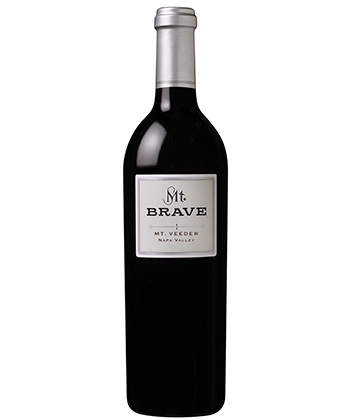
“Mt. Brave is an underrated producer in Napa Valley. Winemaker Chris Carpenter sources the fruit from Mount Veeder, a sub-AVA in Napa Valley. This produces fresh wines with extraordinary density and structure. The Cabernet Sauvignon is his best expression of this unique site with flavors of dark fruit, Asian spice, and fresh acidity.” —Johnny Castro, sommelier, Ember & Rye, Carlsbad, Calif.
*Image retrieved from chaolik via stock.adobe.com
